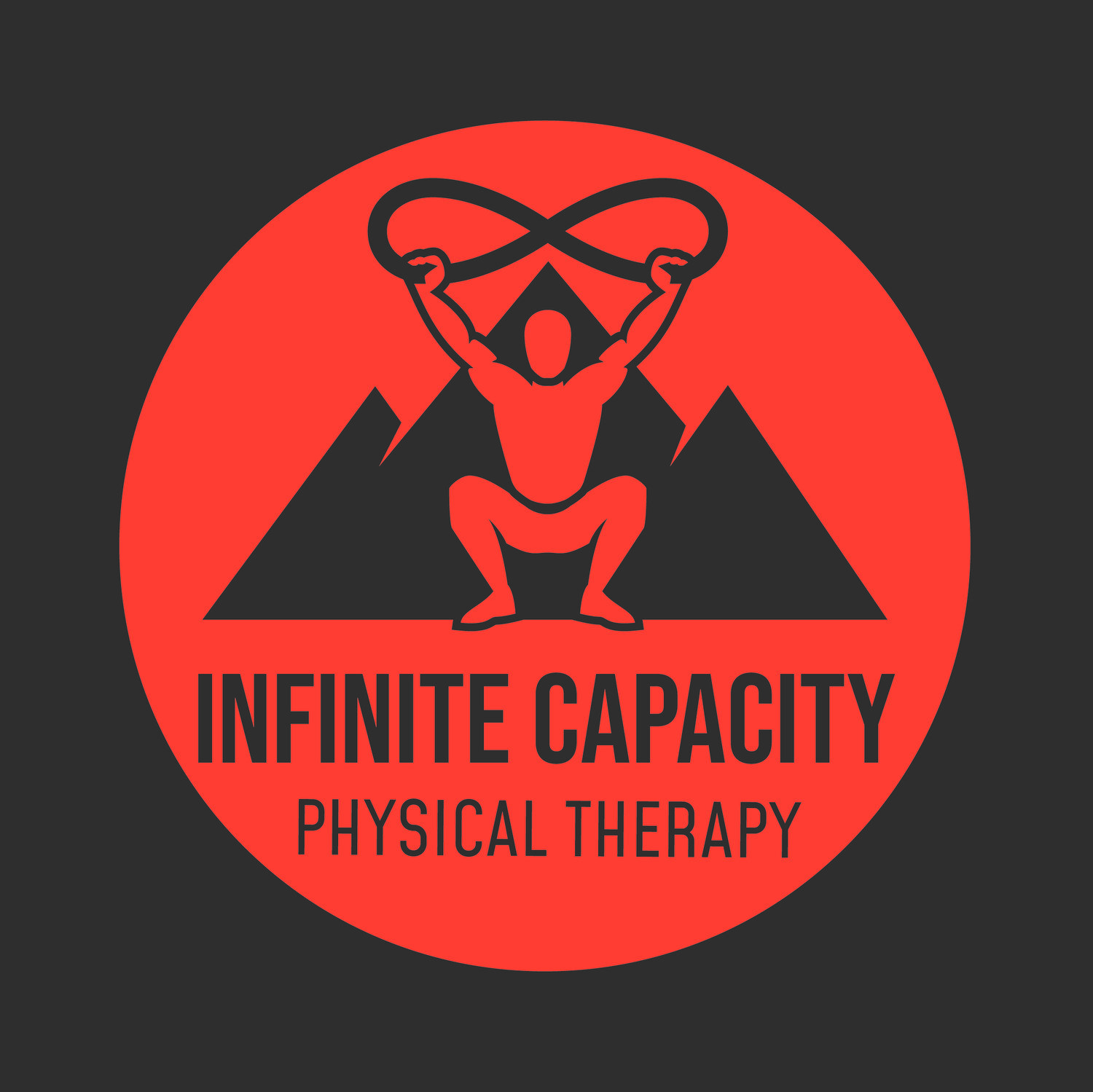Nutrition for Injury Recovery and Rehabilitation
As discussed in our previous article (Nutrition for Performance and Exercise Recovery), nutrition should be at the base of any injury prevention or training pyramid. Likewise, nutrition should be at the base of any recovery and rehabilitation plan for an injury.
injuries are a byproduct of being physically active and participating in sport, but there are nutritional strategies that can both reduce the risk of injuries, and enhance recovery from an injury (1). First and foremost, athletes and individuals recovering from injury should employ a plan to receive the majority of their nutrients from whole foods.
These foods should consist of whole, minimally processed foods from a diverse and varied diet of lean protein sources, colorful fruits and vegetables, slow-digesting high-fiber carbohydrates, and healthy fats.
Clearly, quantities and ratios of these nutrients will vary depending on an individual’s caloric needs and personal goals. And while these nutritional recommendations should be the priority method of nutrient intake, there are some nutritional supplements which can assist in obtaining optimal amounts of nutrients to aid in injury recovery and rehabilitation.
** Evidence-based values below are based on total daily intake including that obtained from real food… NOT necessarily specific recommendations for supplementation values. If you feel you need to complement your diet with supplementation, please check with your primary care provider or registered dietary nutritionist. **
Check out our recommended nutritional supplements from our partner
evidence-based recommendations for nutrition and supplementation in training and recovery from exercise
MUSCLE Injury
Protein (2)
“during rehabilitation, protein intakes of at least 1.6 g/kg/d and closer to 2-3 g/kg/d are recommended, with an emphasis on consuming about 3 grams of leucine per serving.”
2-3 grams of protein per kilogram of body mass per day
Essential Amino Acids (EAA)
“Consumption of EAA immediately before exercise has been shown to stimulate muscle protein synthesis to a greater extent than after exercise… and indicated that EAA ingestion immediately before… therapy may be particularly beneficial.” (2)
Foods high in essential amino acids: beef, poultry, fish, dairy, soy, quinoa, buckwheat
Creatine Monohydrate
“when combined with rehabilitation, creatine monohydrate enhanced the recovery of muscle mass, resulting in greater hypertrophy of all muscle fiber types than the placebo” (2)
“After immobilization and injury, a loading dose is recommended… approximately 20 g per day in 4 divided doses for 5 days and then 3 to 5 g per day thereafter to maintain elevated stores.” (2)
Foods high in creatine: beef, pork, tuna, salmon, cod
Leucine (2)
“Leucine has been termed ‘the anabolic trigger’ and is the amino acid primarily responsible for stimulating muscle protein synthesis”
3g per meal
“Focusing on foods high in leucine, such as animal proteins and whey protein, may aid in a faster recovery from injury.”
Foods high in leucine: salmon, chick peas, brown rice, soy beans (tofu), eggs, nuts, beef
Vitamin D
2,000-4,000 IU of D3 (1)
Vitamin D is a fat soluble vitamin, so needs to be consumed with a serving of fat (2)
Can be found in regular and fortified foods such as cheese, yogurt, fish, and orange juice (2)
Polyphenols
A diet rich in fruits and vegetables may be the best strategy to augment recovery from muscle damaging exercise (1)
Omega-3 Fatty Acids (2)
“Fat is a critical source of energy for healing wounds and cell proliferation.”
Omega-3 fatty acids can be found in foods such as avocados, olive oil, fish, flax, nuts, and seeds
Long-chain omega-3 fatty acids EPA and DHA must be consumed through diet, and only fish and fish oils contain them
2000-4000 mg daily
Ligament and tendon Injury
Vitamin C (1)
Vitamin C is essential in collagen synthesis
46 mg/day to maintain normal collagen synthesis
This amount can be found in one orange
Copper (1)
Copper is required for optimal collagen function
Foods high in copper include beef liver, oysters, baking chocolate, potatoes, mushrooms, and cashews
References
(1) Close GL, Sale C, Baar K, Bermon S. Nutrition for the Prevention and Treatment of Injuries in Track and Field Athletes. Int J Sport Nutr Exerc Metab. 2019 Mar 1;29(2):189-197. doi: 10.1123/ijsnem.2018-0290. Epub 2019 Mar 8. PMID: 30676133.
(2) Close GL, Sale C, Baar K, Bermon S. Nutrition for the Prevention and Treatment of Injuries in Track and Field Athletes. Int J Sport Nutr Exerc Metab. 2019 Mar 1;29(2):189-197. doi: 10.1123/ijsnem.2018-0290. Epub 2019 Mar 8. PMID: 30676133.


